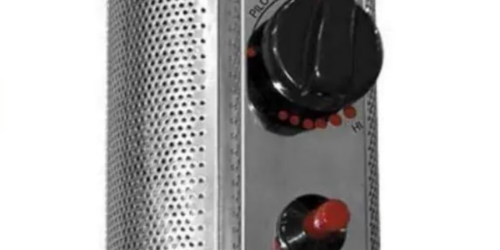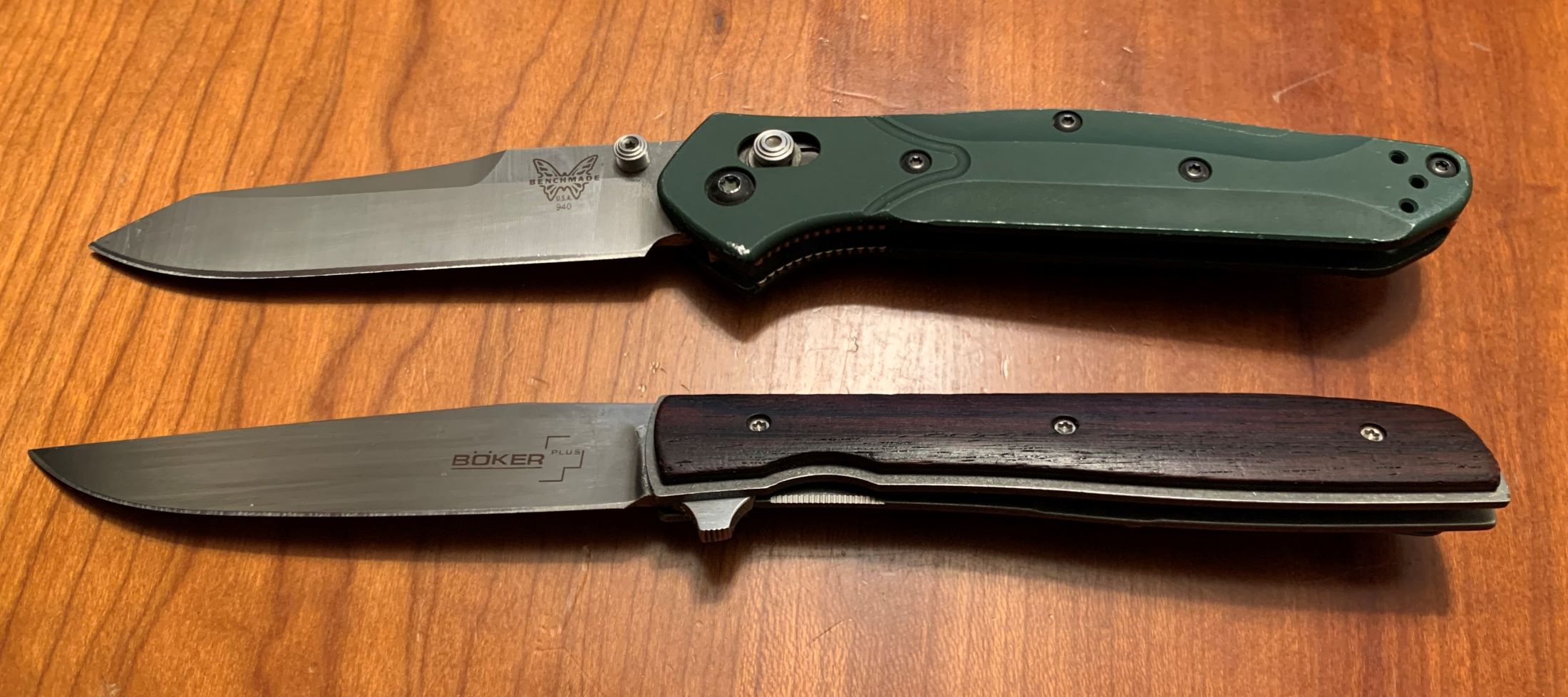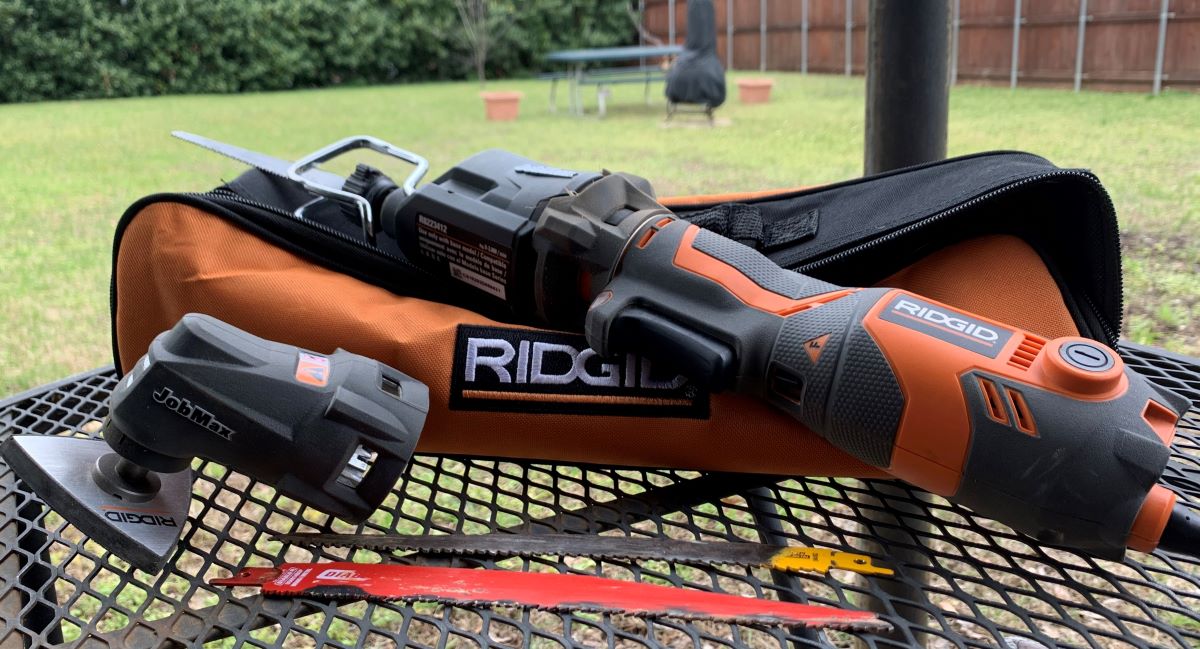Spring has sprung, oh boy!
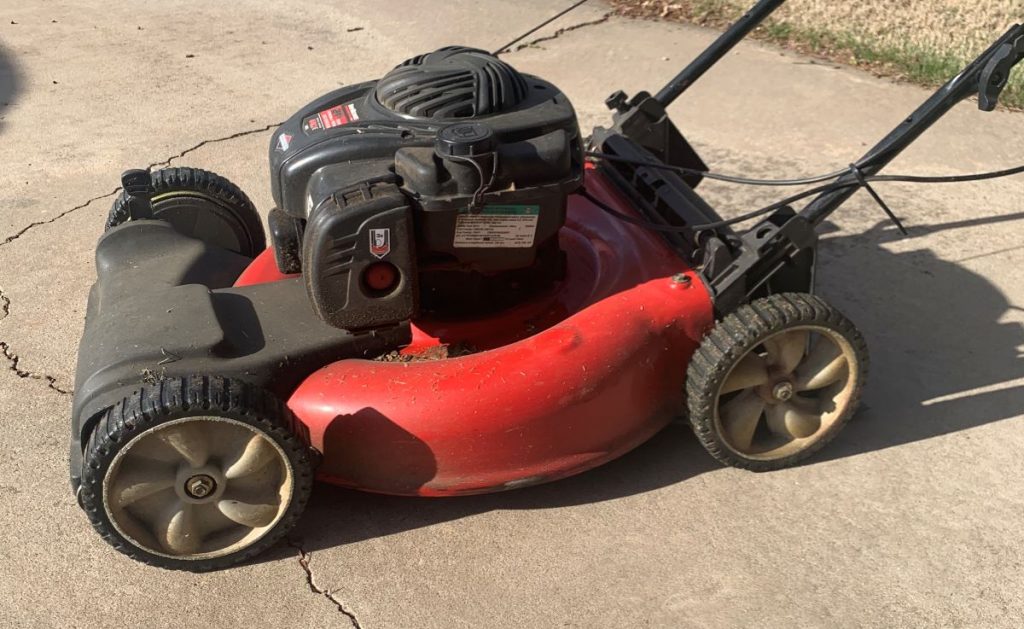
We may earn commissions from the companies mentioned in this post. View our FTC disclosure for more information.
What’s first?
Many seasonal traditions will forever go unnoticed and unfollowed by MAN. Like swapping your home decor, changing the center piece on your dining room table, or planting different varieties of flowers and things in the front garden bed. I only have a single thing hanging on a single wall in my home, and that’s a clock. When spring arrives I know it’s time for one thing. Time to dust off the lawnmower, or redust it I suppose!
In this post I’m going to discuss a few things to help you keep your lawnmower running great for a long time. I’ll also share some opinions about what kind to get if you don’t have one already.
The trusty lawnmower
I know a little about a lot, and a lot about lawnmowers. I grew up super poor, but never disadvantaged. I went to a great high school that had a small engines class. Who ever heard of such a thing? Anyway, I took it. All semester long we disassembled and reassembled small engines, mostly lawnmowers and weed whips. There are, in my opinion, two classes of mower. The manual and the gas-powered.
Manual models
The manual model of mower is a push mower with a cylindrical head that spins as you push it. It’s mostly known as a reel mower. They’re great if you have even, short, grass, and few obstacles in the lawn. By obstacles, I mean tree debris and weeds. If there’s the slightest amount of junk in the way, a reel mower has a tendency to get kinked up. In that case, you have to back it up until the obstruction is clear and you’re good to go. They’re also not so good with tall grass and weeds. The mechanism that pushes the grass down in front of the cutter is often times not adjustable, meaning that if it lays the long blades totally flat to ground, the cutter won’t cut them.
Gas-powered models
You heard that right. I said POWER. Gas-powered mowers largely range in size and function. If you’re shopping for one I’d keep it simple, and go for the one that fits your coverage needs (don’t mow ten acres with a push mower), and doesn’t have all the bells and whistles of many modern mowers. Gas-powered lawnmowers are 4 stroke (not to be confused with 4 cylinder) engines, much like what’s in an automobile or motorcycle, just much smaller. A 4 stroke engine has 1) an intake stroke that pulls air-fuel mixture into the cylinder chamber, 2) a compression stroke that compresses the mixture, 3) a power stroke, where the spark plug ignites the compressed air-fuel mixture to forcefully drive the piston down and provide torque to something, and 4) an exhaust stroke that pushes the burnt gasses out. It’s the piston inside the cylinder that’s doing all this moving about. It’s incredible, really, to think that one piston moving up and down is doing so much work so fast. Push mowers usually have one cylinder, whereas, the larger riding mowers have one or two.
There’s a distinction to be made that the number of cylinders and number of strokes are unrelated. The number of strokes refers only to the type of engine, where the number of cylinders refers to how may pistons are doing the thing described by the type. I’ve only discussed 4 stroke engines here, but your weed whip is most likely a 2 stroke, which has combined stroking action!
Maintenance
Keeping a lawnmower running for years to come is an annual affair. After each mowing season, or at least every other season, you’ll want to do the following.
Change the spark plug
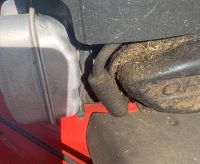
Some manufacturers recommend doing this less frequently, but it can’t hurt, and they’re cheap. Follow your engine manual’s instructions in case you’re worried. The spark plug couldn’t be easier to change. It’s on the front of the engine, just beside that exhaust part that’s usually perforated and sits on the side of the engine. I guess that’s the corner? You’ll pop the wire off, use a wrench to MAN handle the plug out (actually, be gentle with it…you don’t wanna cross thread it), and put a new one in. Done. If you’re a super dork, you’ll get some anti-seize grease to put on the threads of the new one before you put it in. As far as torque recommendations, use your engine manual for that spec. I always use a torque wrench to put them back on. Otherwise, I’ll torque it to death.
Change the oil
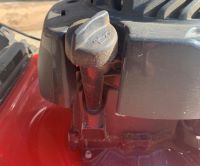
The oil in most push mowers is changed by opening the spout where you add oil and literally turning the mower upside-down and draining it from there. Seems weird, but I guess it makes sense for such a tiny engine. There’s not much else to do here except try not to make a huge mess and avoid adding too much oil. Again, refer to the manual for the amount to add.
Sharpen that blade!
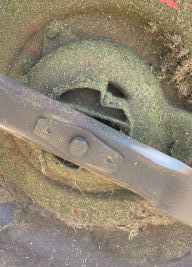
Okay, this is the fun part. You have to find a way to keep the blade from turning while you loosen that big bolt that holds it on. I usually jam a shovel handle in it somewhere, and leverage it against a wall, or my body. Be imaginative, creative, let your MAN (brain) juices flow. Sorry for that. Once you figure out how to get the blade off, you have to sharpen it. Grab a metal file or angle grinder if you want to watch sparks fly, and have at it. There are also tools designed for sharpening lawnmower blades that you can pick up from Home Depot if you’re not confident in getting the angles correct. You’re gonna have a good time either way.
What to buy if you’re in the market
If you have a small lot with perfect grass, go with a reel mower. They produce no exhaust, make very little noise, and are fun to use. Otherwise, depending on the size of your lot, you can’t go wrong with a classic gas mower.

